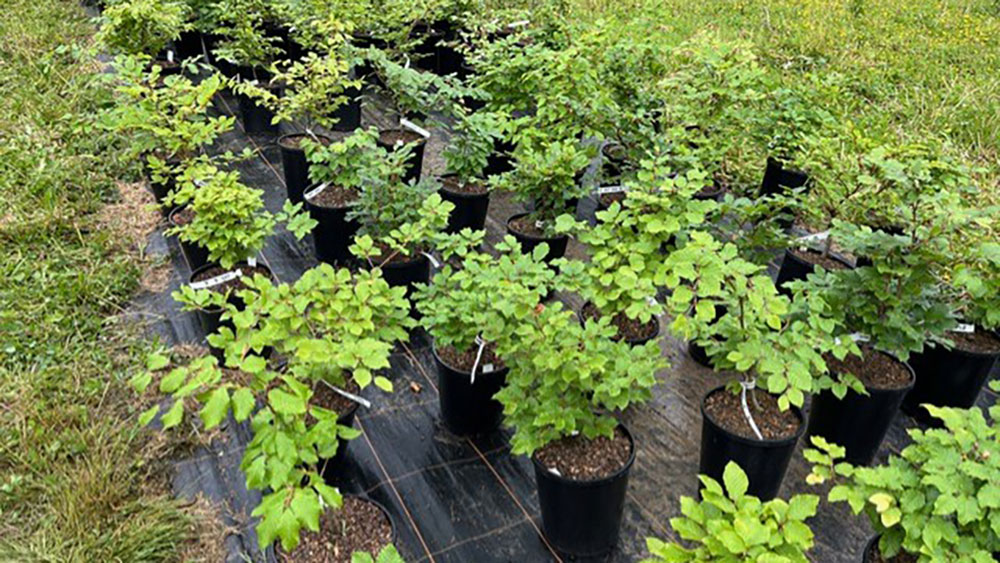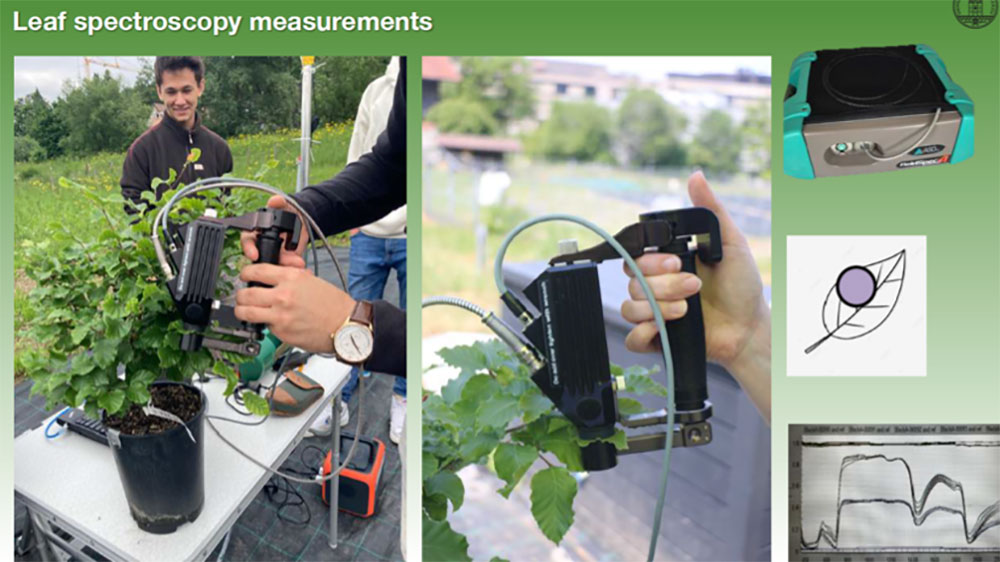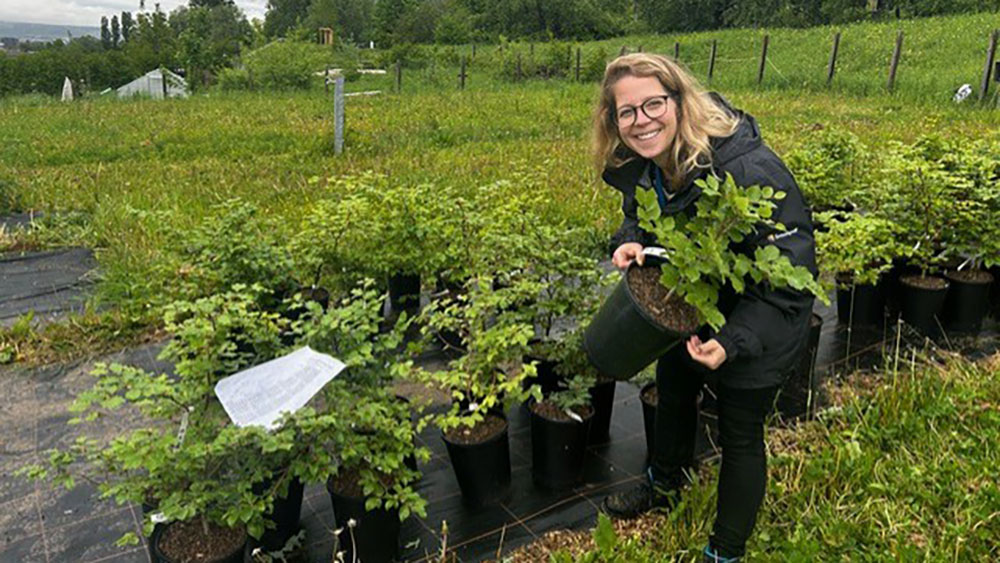New Beech Trees for Switzerland’s Forests

Hikers who roam woods and meadows these days in May are marveling at the fresh green hues of beech forests. Scientists, in contrast, are observing the beech forests with concern. Climate change, with its long periods of drought, is afflicting more than just tree species like spruces. The beech trees that characterize many areas of Switzerland’s forests also paint an alarming picture in some instances.
Statistics from the Swiss Federal Institute for Forest, Snow and Landscape Research provide an indication of the magnitude of the loss of vitality of beech trees in Switzerland. The data show that up to 10% of the beech trees that saw their leaves change color and fall to the ground in as early as July of the dry year 2018 died within three years of that happening. Trees in regions with low precipitation and trees on parched ground were the ones mostly affected. The federal institute noted that beech trees’ loss of foliage and branches further worsened after 2018 if they continued to receive little water in the years thereafter. Many of them ultimately died. Beech trees on moister ground recovered in subsequent years, however.
Seeking resistant beech trees
Beech forests exist throughout Europe; they even thrive in the dry climate of northern Spain, Croatia, and Italy. Are those southern beech trees more resistant? Are they better equipped to cope with drought? Are there intraspecific traits within the beech species (Fagus sylvatica) that enable beech trees to better withstand periods of hot weather? A team of researchers in the UZH Department of Geography is seeking answers to those questions. Their goal is to gain knowledge about the peculiarities of the beech genome to enable foresters in the future to plant trees that are especially resistant to heat and drought thanks to their genetic makeup.
Sofia van Moorsel is the lead scientist of the beech tree project on UZH’s Irchel Campus. The ecologist and her team are examining 180 beech trees. Raised from seeds in 2021, the beech trees were already around a half-meter tall by the summer of 2023. They all look the same at first sight, but appearances deceive: the 16 beech populations – researchers also call them provenances – originate from a number of different countries covering almost the entire geographic habitat of the species in Europe.
Garden experiment with 180 beech trees

It took almost five hours to haul the 180 pots from the greenhouse and to arrange them on the experiment plot in precise accordance with the plan. Sensors in the pots measure the soil humidity, and the geographers keep a record of the beech trees’ growth rates and of foliage properties such as chlorophyll content and evaporation. “We’re combining an experimental approach from the field of ecology with a spectroscopic analysis of the foliage – this is a novel form of interdisciplinary cooperation between geographers and environmental scientists,” van Moorsel says. Leaf spectroscopy proves to be a valuable tool for evaluating the drought responses of the examined seedlings.
Southern populations prove more resistant to stress
To demonstrate how she collects and records data on the spectral properties of the foliage, van Moorsel fastens a beech leaf in a leaf holder that is connected to a light source. It illuminates the leaf with different wavelengths ranging from the visible spectrum to infrared. The light is reflected by the leaf surface and is measured by a light sensor. This ultimately enables an analysis of the plant’s physiological, biochemical, and structural properties, including photosynthesis efficiency, the moisture index, and the chlorophyll measurement. “The spectral measurement is like a plant’s fingerprint,” van Moorsel explains. The measurement data are recorded and analyzed. This enables van Moorsel and her team to capture a multitude of relevant physiological reactions to drought stress in the different beech genotypes. The initial findings thus far indicate that the beech saplings originating from southern regions are better able to cope with the experimental dryness.
Irchel Campus beech grove

“The genetic variation of a species is vital to biodiversity,” the researcher says in a nutshell. “If we lose genetic and species diversity, ecosystems lose their ability to cushion exogenous impacts.” The hope is that the stress-resistant beech trees in the experiment on Irchel Campus might soon help to replenish Switzerland’s beech forests with more resistant specimens.
And what will become of the beech trees once the experiment is over? “Maybe we can let a beech grove grow here on campus,” van Moorsel says with a laugh.